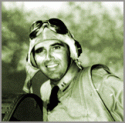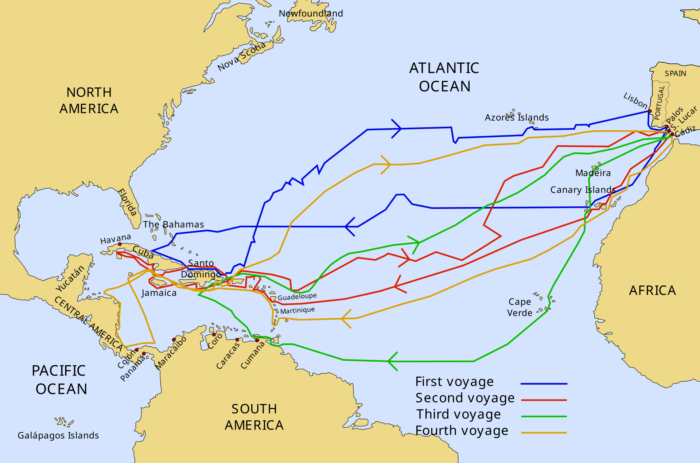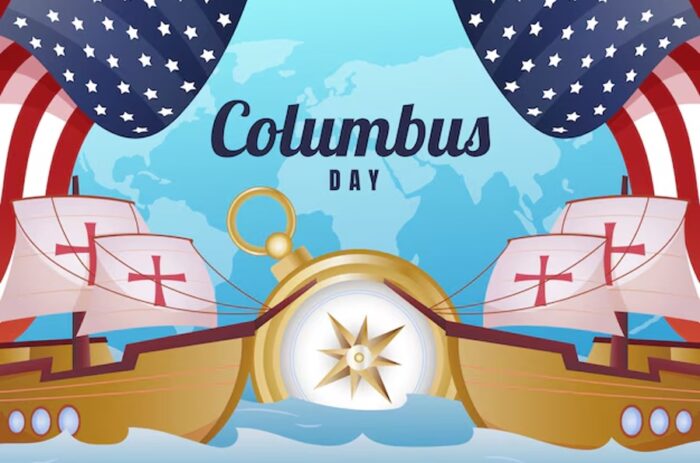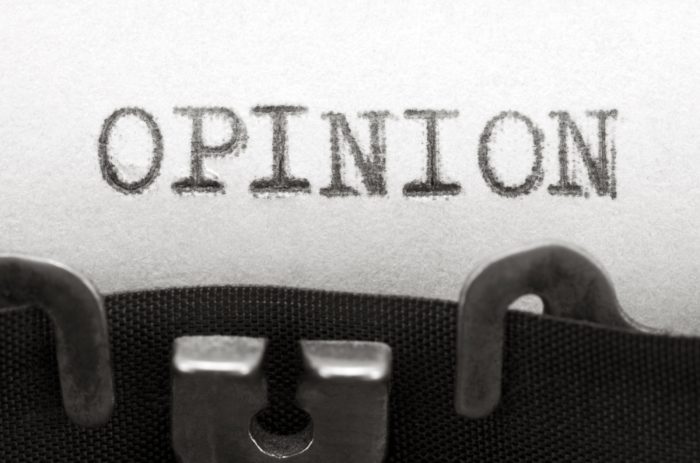print Print...
(by William J. Bennett and John Cribb, ChicagoTribune) – Amid the backyard cookouts and ball games, let’s not forget the point of Memorial Day: to honor Americans who gave their lives in military service and to remember all those no longer with us who served.
Some of their names are famous. Men like Nathan Hale, the Connecticut teacher who joined the Patriot army and stepped forward when George Washington asked for volunteers to gather information behind enemy lines.
Hale was caught by the British and hanged as a spy, but he left us with words cherished by generations, “I only regret that I have but one life to lose for my country.”
 Often the sacrifices of American servicemen slip from the nation’s collective memory. Every year millions of passengers walk through Chicago’s O’Hare International Airport knowing nothing of Lt. Cmdr. Edward “Butch” O’Hare. (see photo at right)
Often the sacrifices of American servicemen slip from the nation’s collective memory. Every year millions of passengers walk through Chicago’s O’Hare International Airport knowing nothing of Lt. Cmdr. Edward “Butch” O’Hare. (see photo at right)
When a wave of Japanese bombers surprised the USS Lexington in the South Pacific during World War II, O’Hare fought them off in his Grumman F4F-3 Wildcat, downing five planes and disabling a sixth in minutes.
When he landed on the carrier deck, his first words were, “Just load those ammo belts, and I’ll get back up.” There was no need. His shooting had broken up the attack and saved the Lexington. O’Hare later disappeared over the Pacific during a night attack against Japanese torpedo bombers.
Some whom we honor this weekend carried the flag through hellish fire. Sgt. William Carney helped lead the 54th Massachusetts, a Northern black regiment, in the assault on Ft. Wagner near Charleston, S.C., during the Civil War. He was shot three times as he crossed the sands, but managed to hold the Stars and Stripes aloft.
“Boys, the old flag never touched the ground,” he exclaimed as he staggered back to his own lines. The 54th Massachusetts lost nearly half its men during the attack.
Many of those we honor gave their lives for their comrades. In 2004, Marine Cpl. Jason Dunham was on his way to help a convoy ambushed in western Iraq when an insurgent attacked him. As two other Marines rushed to subdue the man, a live enemy grenade fell to the ground.
Dunham threw his helmet and his own body over the grenade. He saved the lives of his fellow Marines, but the blast left him mortally wounded.
In 2005, Navy Seals Michael Murphy, Matthew Axelson, Danny Dietz and Marcus Luttrell dropped from a helicopter into mountainous Afghan terrain to locate a terrorist leader. A battle with dozens of Taliban fighters erupted.
With one man dead and the other two wounded, Murphy exposed himself to enemy fire to get a clear phone signal. “My guys are dying out here,” he told headquarters. “We need help.” He was shot while making the call.
Luttrell, the only team member to make it out alive, summed up Murphy’s final act in his book “Lone Survivor”: “His objective was clear: to make one last valiant attempt to save his two teammates. … Not a gesture. An act of supreme valor.”
The first widely observed Memorial Day came in 1868. It was known as Decoration Day back then, because people decorated soldiers’ graves with flowers and flags.
In a speech at Arlington National Cemetery that day, Gen. James Garfield (later the 20th president) gave us true words worth remembering: “For love of country they accepted death, and thus resolved all doubts, and made immortal their patriotism and their virtue.”
More than 1.3 million Americans have died during wars. They and all who have served in American uniforms hold a revered place in history. Through their sacrifice, the United States has liberated more people from tyranny than any other nation.
Twice in the 20th Century, American soldiers led the way in saving the world from slavery — first from the Axis powers, then from Soviet totalitarianism. In recent years, American soldiers have liberated tens of millions in the Middle East from brutal regimes.
The U.S. soldier is the greatest defender of freedom the world has ever known. Remembering those who served is more than a gesture. It is our duty.
NOTE: This article was first published at ChicagoTribune.com on May 25, 2009.
Reprinted here for educational purposes only. May not be reproduced on other websites without permission from The Chicago Tribune. Visit the website at ChicagoTribune.com.
Questions
1. What is the main point of this commentary?
2. What adjectives would you use to describe the charcter of all of the soldiers mentioned in the article?
3. Which one of the heroes described in this article would you like to read more about? Explain your answer.
4. Consider the last paragraph of this commentary: “The U.S. soldier is the greatest defender of freedom the world has ever known. Remembering those who served is more than a gesture. It is our duty.”
What do you think of this assertion?
Resources
Read more about Nathan Hale at eyewitnesstohistory.com/hale.htm.
Read more about Sgt. William Carney at en.wikipedia.org/wiki/William_Harvey_Carney.
Read more about Marine Cpl. Jason Dunham at jasonsmemorial.org/about.html.


